Chairman’s Message
A few weeks back, all of us rejoiced together when the four indigenous group members were rescued from the deep Amazonian jungles of Colombia. Their ordeal, which started on May 1, 2023, lasted for 40 days after their plane crashed and the passing away of their mother.
 Prayers arose from every corner as the missing children aged from 11 months to 13 years, captured headlines in almost every newspaper across the globe. It took a team of over 130 special force commandos, accompanied by highly skilled indigenous guides to undertake the challenging mission to locate the missing children.
Prayers arose from every corner as the missing children aged from 11 months to 13 years, captured headlines in almost every newspaper across the globe. It took a team of over 130 special force commandos, accompanied by highly skilled indigenous guides to undertake the challenging mission to locate the missing children.
The area they were found in, situated deep within the Colombian jungle, is renowned for its remoteness and inhospitable conditions. The region teems with dangerous wildlife such as jaguars, anacondas, and venomous insects. Additionally, torrential rains persist for more than 15 hours a day, and the dense vegetation often limits visibility to a mere 10 meters.
Upon locating the group, President Gustavo Petro described the day as “magical” and praised the children for their remarkable feat of survival, which he believed would be etched in history. The children belong to the Huitoto indigenous group. Their mother Magdalena Mucutuy often brought her children to the forest where they likely learned the skills that allowed them to survive until rescuers came.
What can we learn from this incredible story of overcoming the odds?
These are the four things I learn from their extraordinary feat of resilience.
1. Be A Leader Even If You Do Not Have a Title
The oldest child, Lesly was only 13 years old but she became a mother to her siblings. Despite any real training in leadership, she rose up in the face of adversity and took charge of the situation. Leadership is not about having a title or position; it’s about having the ability to encourage and persuade others to overcome the difficulties to achieve a common goal.
2. Teamwork Wins the Day
Lesly could not have survived the jungle without her siblings’ cooperation and trust. Together, they found food and water, built huts to shelter themselves against the elements. In our work places, there is absolutely nothing that cannot be achieved with teamwork. One person cannot do everything and every person in the team is a valuable member.
3. Ability to Face the Odds
The four little children would surely have faced hunger, thirst and looked at the face of fear. However, they battled the odds as they never gave up. They kept persisting diligently till they were found. We face many a challenges at work, but if we hold on, we will triumph over them and achieve our goals.
4. A Spirit of Resilience
The four children would have faced immense challenges during the 40 days in the deep forests. Lesly showed outstanding abilities by thinking on her feet and identifying the available options. She devised amazing methodologies to stay alive and keep her siblings fed. She used her innate knowledge and indigenous wisdom to find plants, fruits and seeds to provide sustenance. The children were resourceful and above all they were adaptable in that hostile environment.
I believe that these qualities will enable each of us to be exceptional leaders in our sphere of influence.
This incredible survival story inspires us to face the most difficult situations, it inspires to survive and thrive.
I leave you with a quote by Nelson Mandela to ponder over.
“Do not judge me by my success, judge me by how many times I fell down and got back up again.”
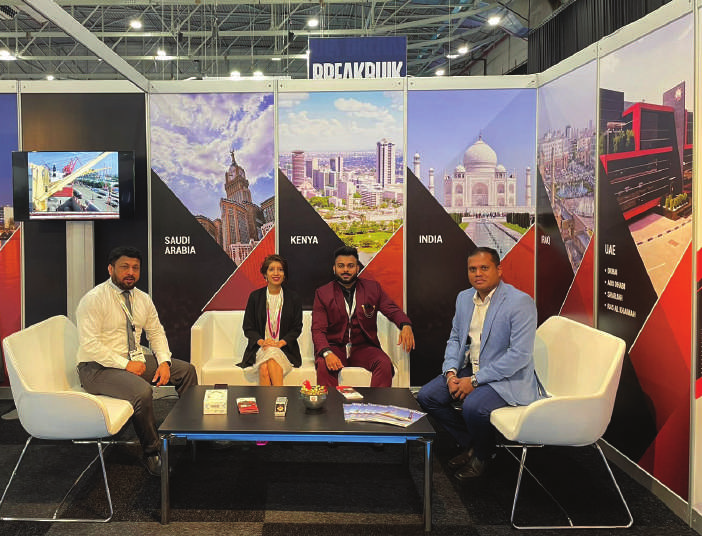
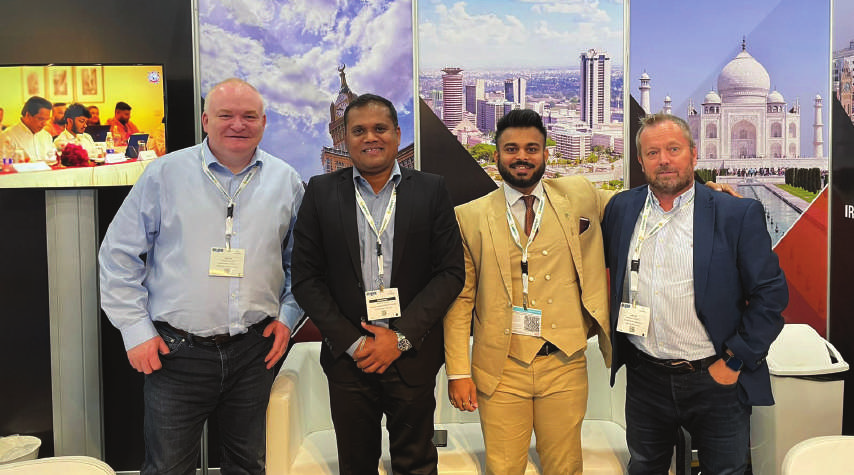
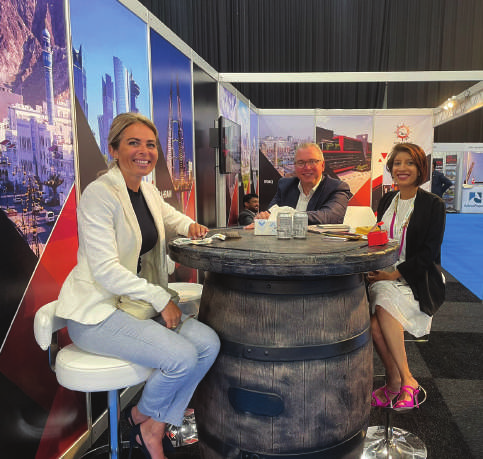
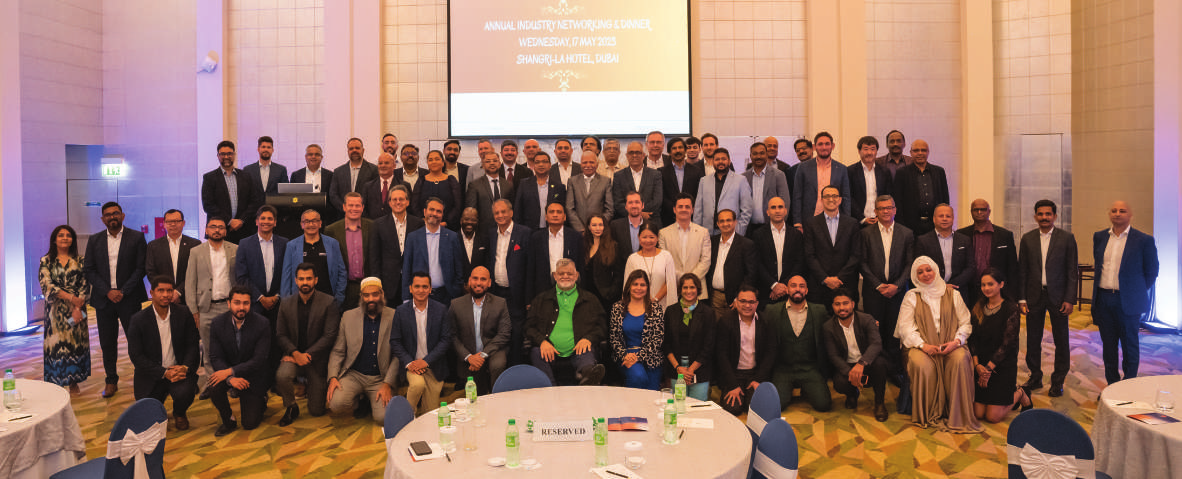
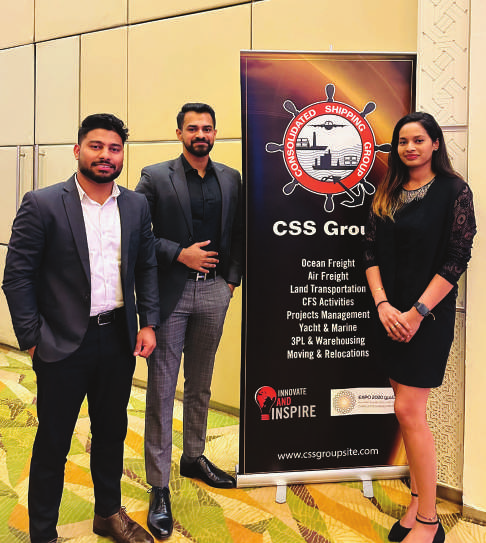
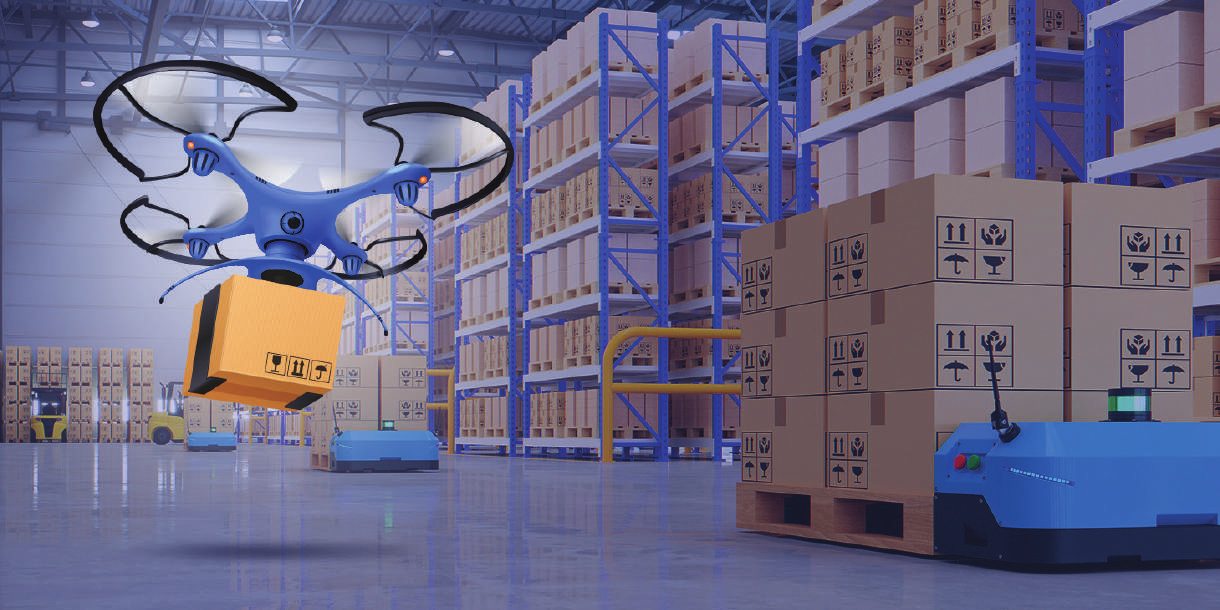
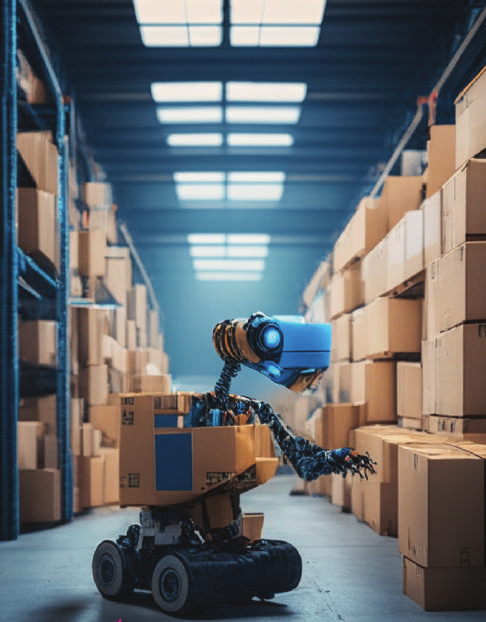








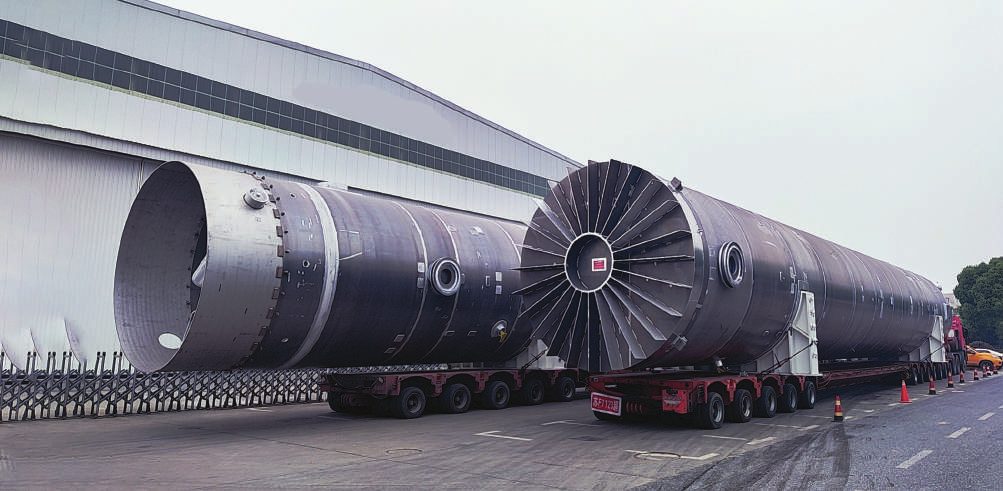
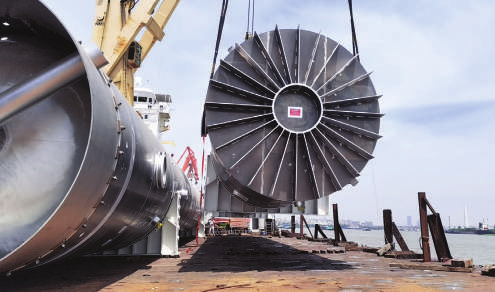
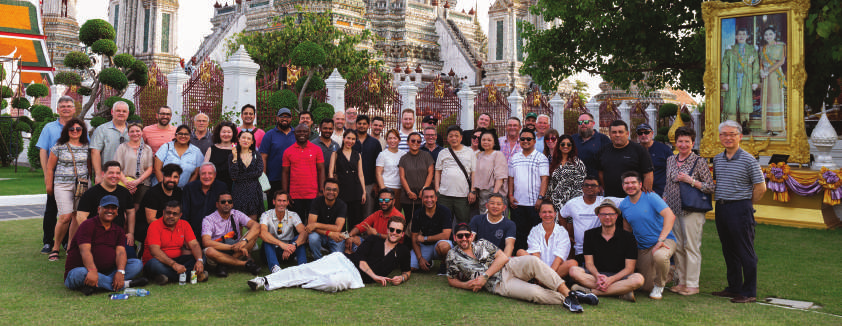
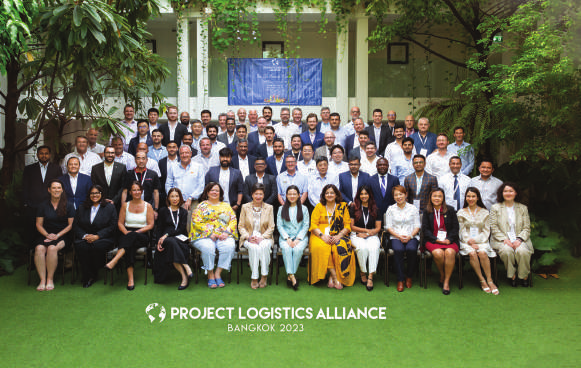
 someone does a kind act or goes out of their way to be nice to someone, it goes viral on social media. Being nice does not mean you cannot make tough decisions or stand up to difficult people, it just means you are respectful, kind, and show empathy to your employees. When kindness is not modeled in the workplace, we find ourselves in an environment that is, unhealthy and at worst, toxic.
someone does a kind act or goes out of their way to be nice to someone, it goes viral on social media. Being nice does not mean you cannot make tough decisions or stand up to difficult people, it just means you are respectful, kind, and show empathy to your employees. When kindness is not modeled in the workplace, we find ourselves in an environment that is, unhealthy and at worst, toxic.

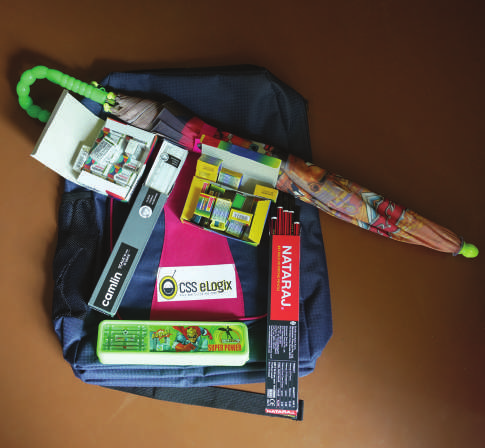

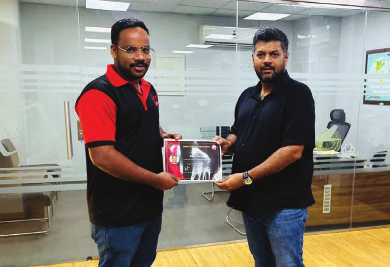
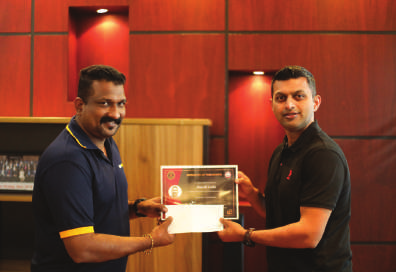
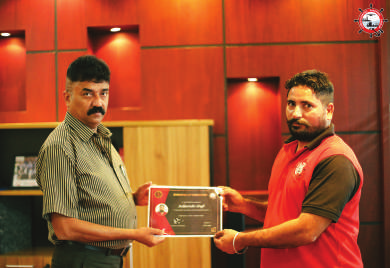
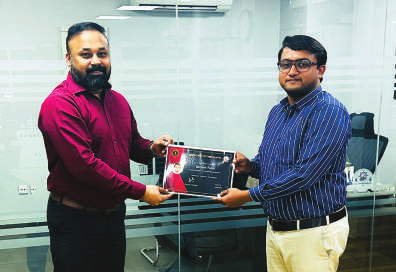
 A McKinsey report published last year reveals that AI adoption has grown two-fold over the past five years. While many reacted with fear over Artificial Intelligence (AI) and Machine Learning (ML) taking over their jobs, there is great scope for improving business processes.
A McKinsey report published last year reveals that AI adoption has grown two-fold over the past five years. While many reacted with fear over Artificial Intelligence (AI) and Machine Learning (ML) taking over their jobs, there is great scope for improving business processes.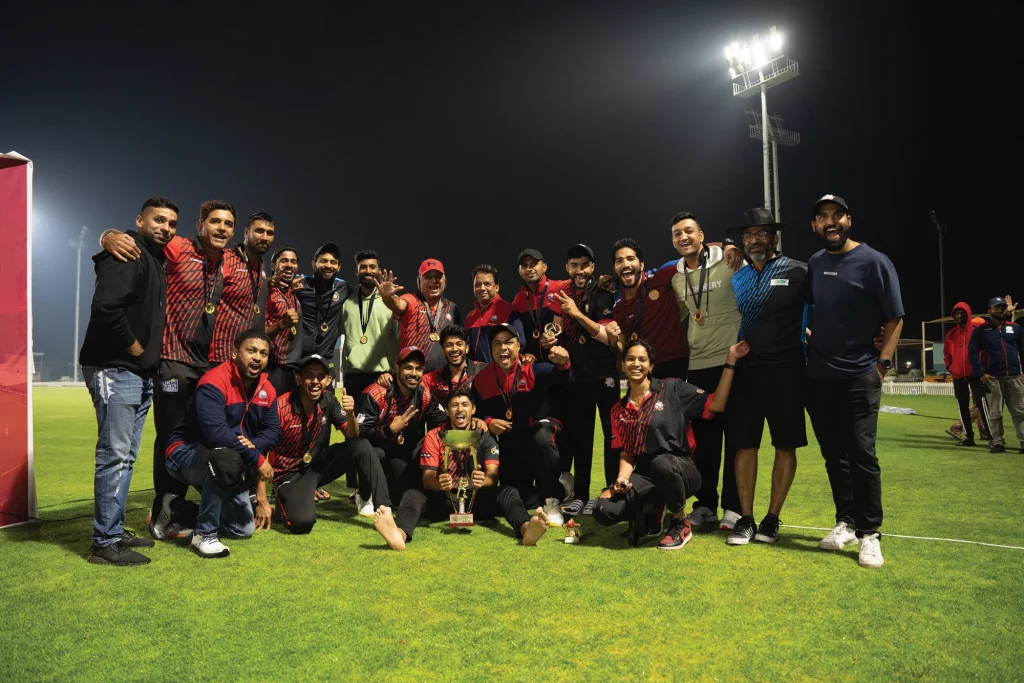
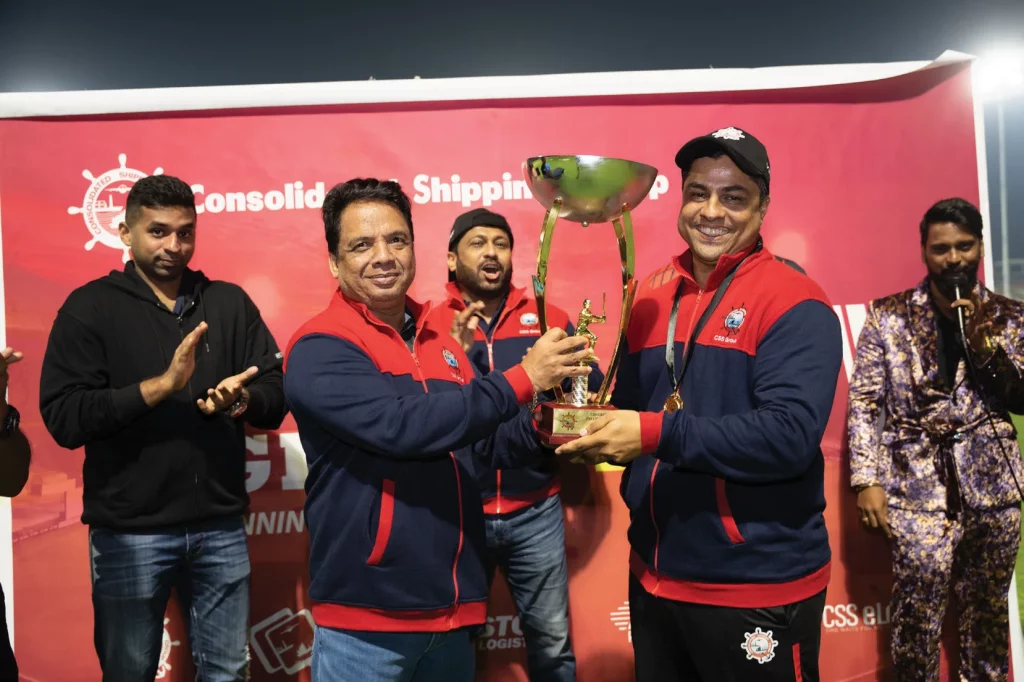
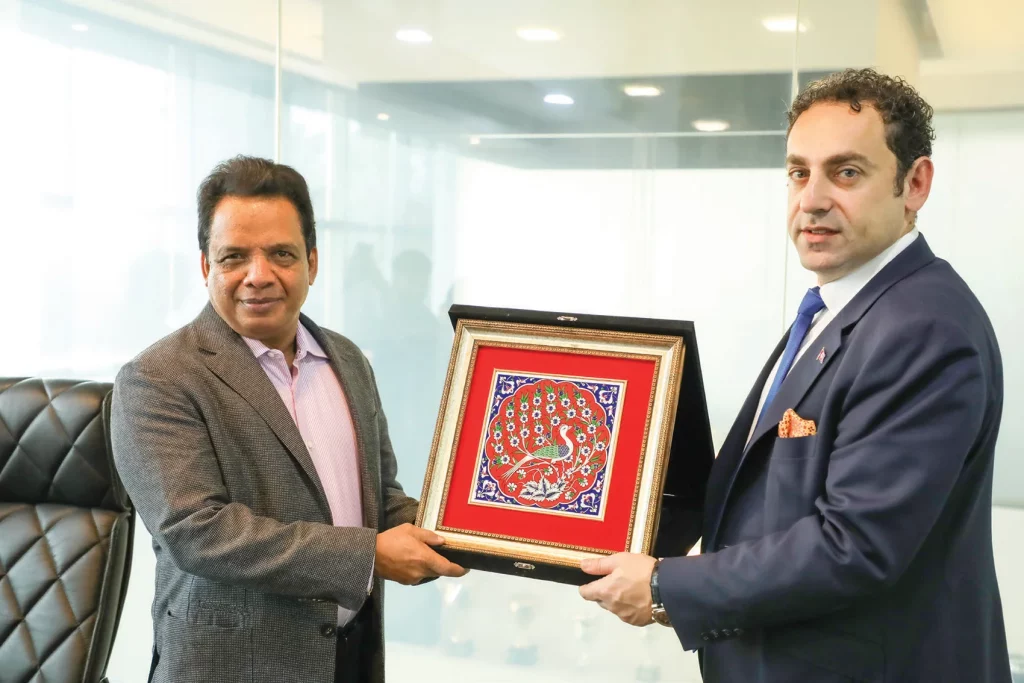
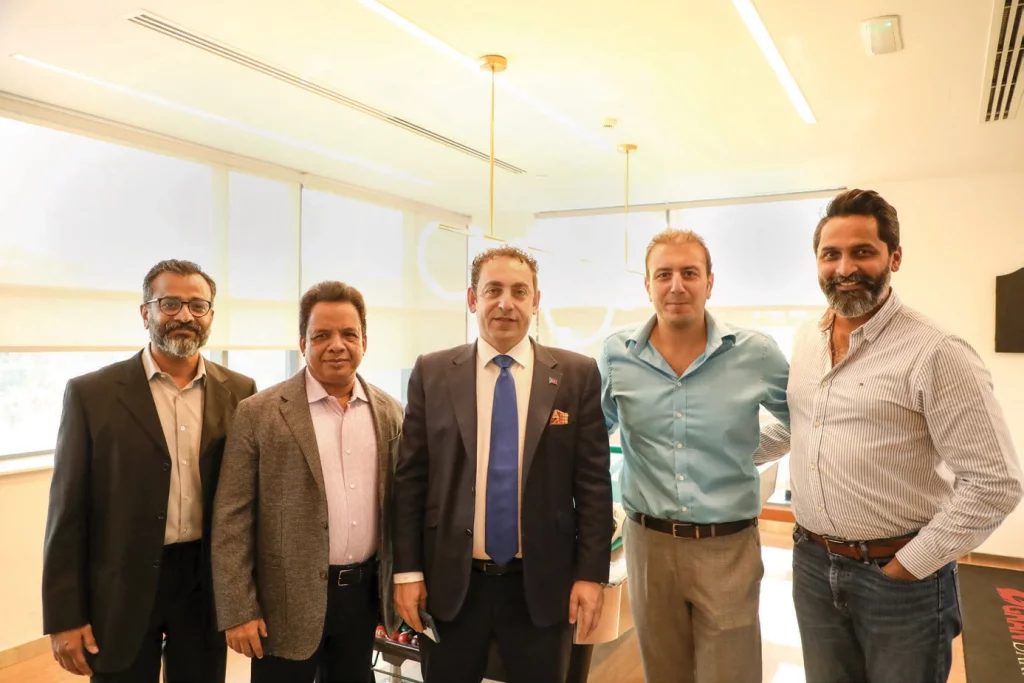 Working Together for a Cause
Working Together for a Cause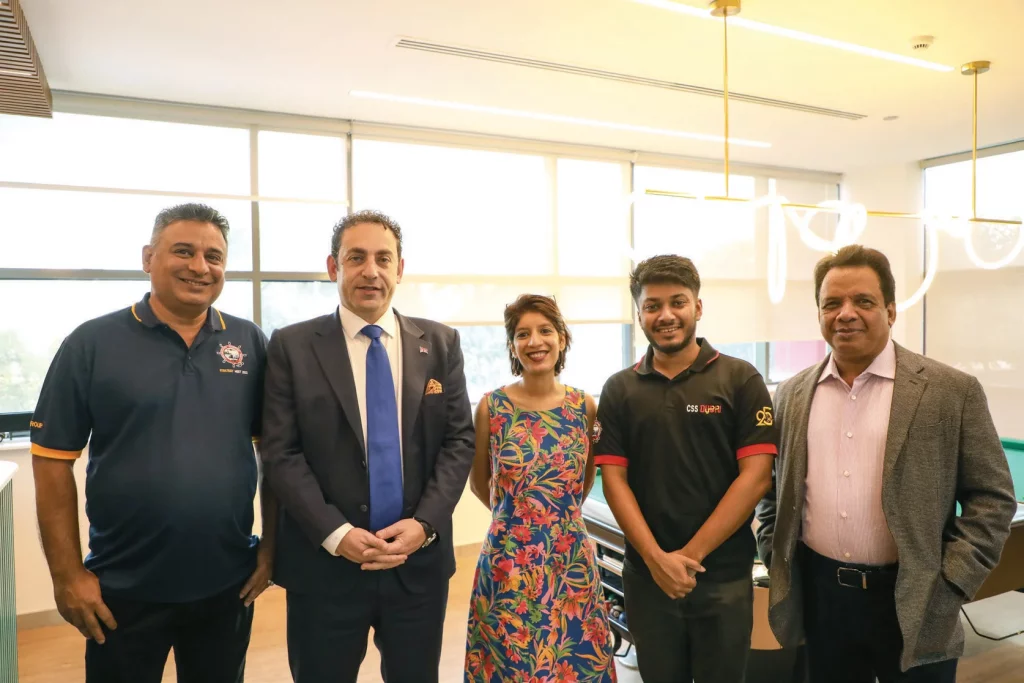


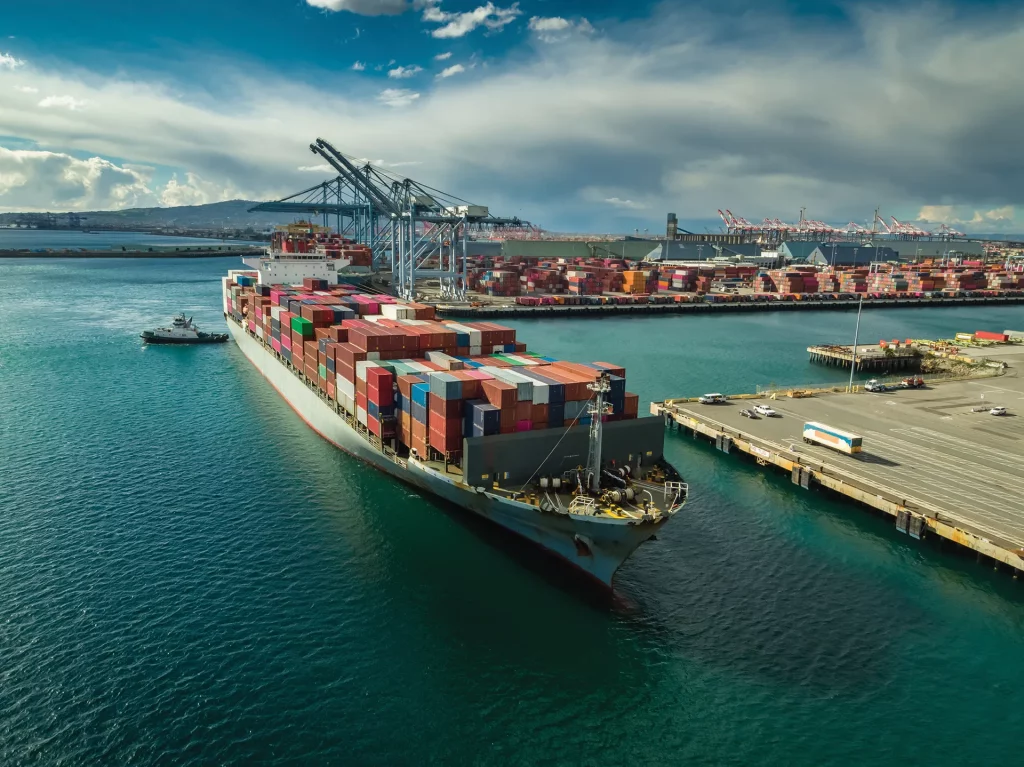 Retailers use reduced shipping rates to cut costs, boost profits, and decrease consumer prices. This trend is expected to continue as demand for shipping services remains high due to the ongoing pandemic-related disruptions.
Retailers use reduced shipping rates to cut costs, boost profits, and decrease consumer prices. This trend is expected to continue as demand for shipping services remains high due to the ongoing pandemic-related disruptions.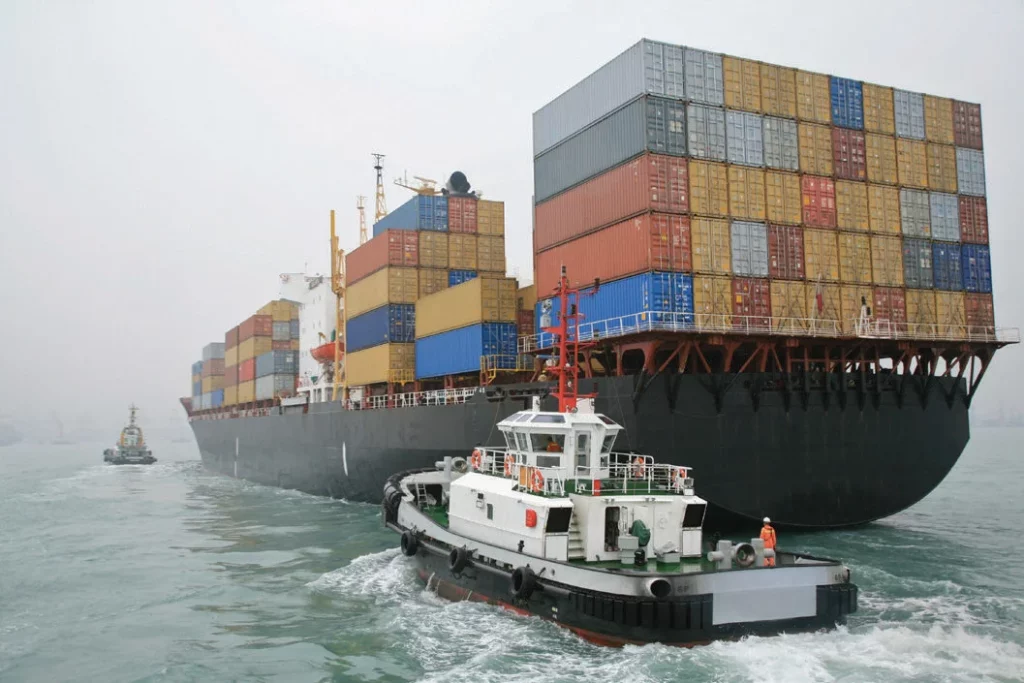 “What we’re hearing more and more is the customer is saying, ‘Look, cost is still king for us,’” Ms. Glancy said.
“What we’re hearing more and more is the customer is saying, ‘Look, cost is still king for us,’” Ms. Glancy said.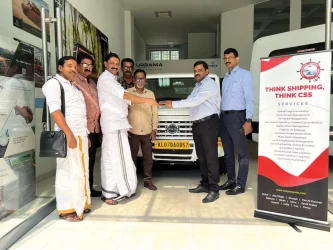
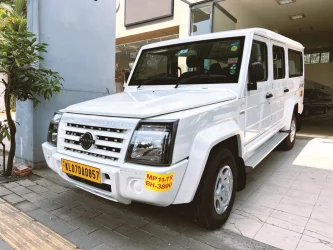
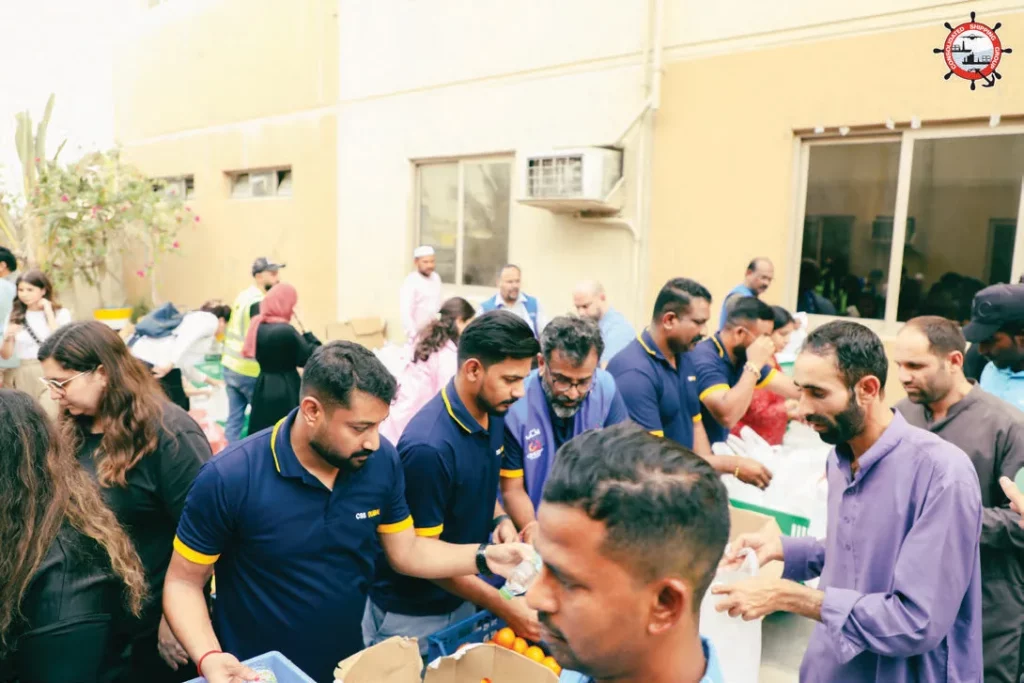 Iftar – A Time to Show Kindness
Iftar – A Time to Show Kindness Volunteers at the Iftar Meal Distribution
Volunteers at the Iftar Meal Distribution
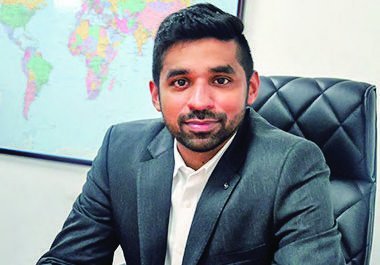
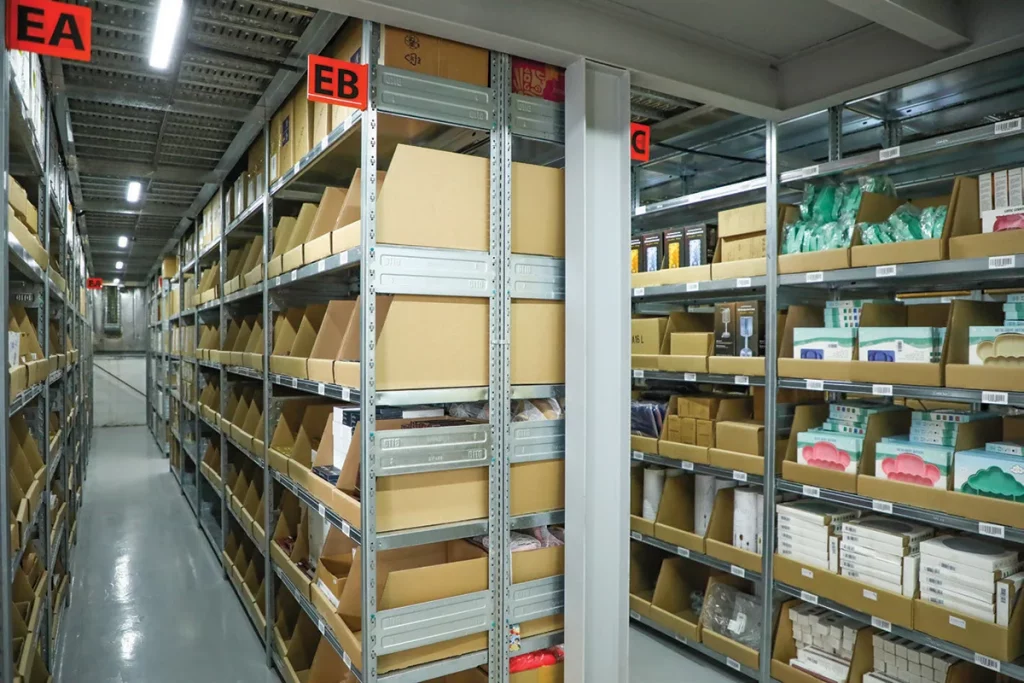 3. What are the plans for the future?
3. What are the plans for the future?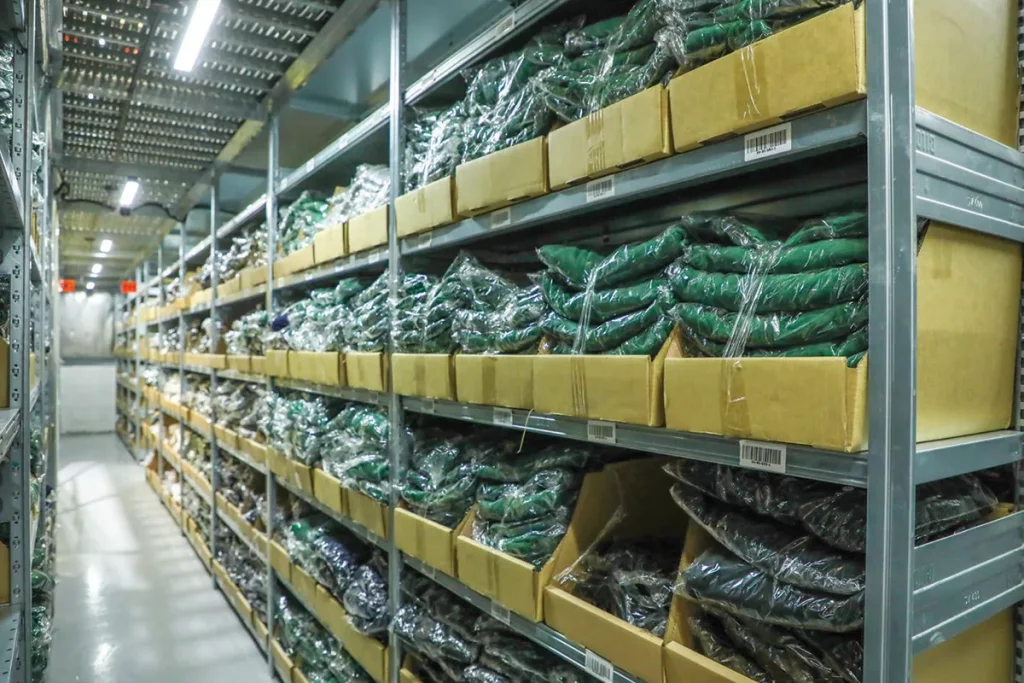 Strategy 2 : Technological Advancement
Strategy 2 : Technological Advancement